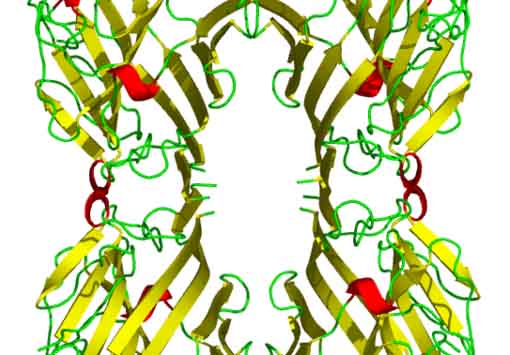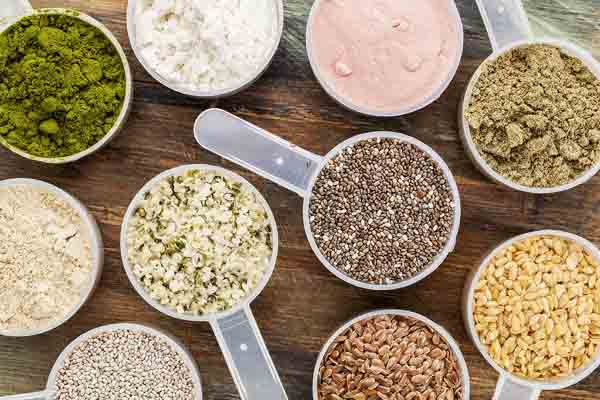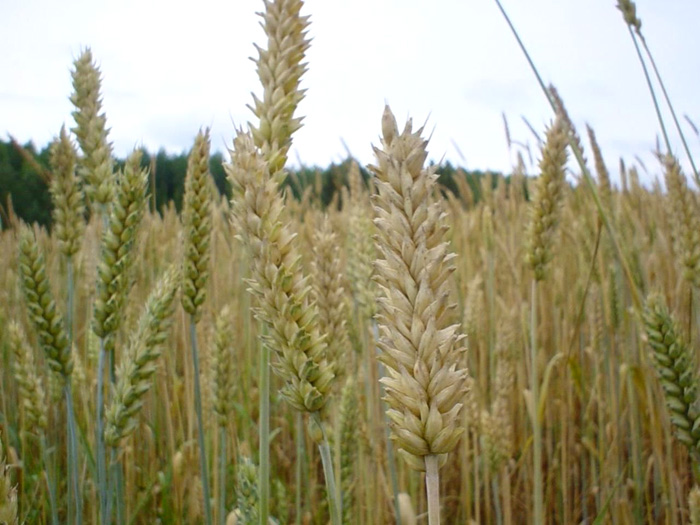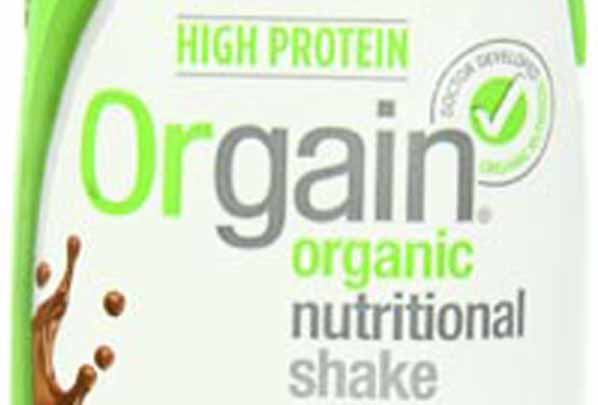What you should know about lectins
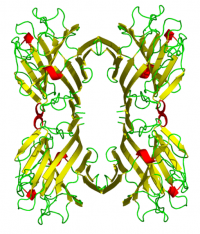 You may have never heard about this molecule, but in fact it may be effecting your life. It is easy to confuse with the word leptin – a hormone made by our fat cells. Some may think it sounds like lecithin – fatty substances from animals and plants. It is neither of these things. A lectin is a type of protein that can bind to cell membranes. They serve as a way molecules to stick together without involving the immune system and thus they influence cell to cell interactions.
You may have never heard about this molecule, but in fact it may be effecting your life. It is easy to confuse with the word leptin – a hormone made by our fat cells. Some may think it sounds like lecithin – fatty substances from animals and plants. It is neither of these things. A lectin is a type of protein that can bind to cell membranes. They serve as a way molecules to stick together without involving the immune system and thus they influence cell to cell interactions.
Lectins are found plentifully in raw beans and grains, primarily in the seed coat and layer that will become the plants leaves. They are also in dairy products and some vegetables. In plants, lectins serve as defense against pests, insects and micro-organisms. They may help a seed pass through an animals digestive system without damage. Lectins enter our bloodstream unchanged by our digestive processes.
Eating foods high in lectins can produce a variety of unpleasant effects such as flatulence, nausea, diarrhea and vomiting. There is speculation that a lot of cases of assumed bacterial food poisoning is actually lectin poisoning. The foods that are most likely to cause these problems are raw or improperly cooked legumes (beans) and grains.
Immune Response to Lectins
Since they enter our bloodstream without digestion, lectins often cause the body to produce antibodies against them. Almost everyone has antibodies some dietary lectins. Our responses to exposure can vary after we have had a change in our immune system or disturbance to our digestive system. This can lead to an immune system response to certain lectins.
Bad Guys in the Lectin World
Some foods contain more lectins than others. Raw red kidney beans contain between 20,000 to 70,000 lectin units compared to fully cooked beans that have between 200 to 400 units. This is the reason you never see sprouted red kidney beans – and if you ever do, don’t eat them. As few as for or five raw beans can trigger symptoms of poisoning. The deadly poison ricin is also a lectin.
Consuming an excess of foods with high concentrations of lectins like beans, cereal grains, seeds, nuts, and potatoes may be harmful if these foods are undercooked or improperly cooked. Adverse affects can include nutritional deficiencies and immune allergic reactions as well as intestinal distress. Studies have shown that lectins interfere with the epithelial cells of the gut. Lectin exposure may lead to irritation and over-secretion of mucus in the intestines which can cause impaired absorption from the intestinal walls.
Aside from red kidney beans another legume high in lectins is soybeans. Soybean lectins are thought to disrupt small intestine metabolism and potentially damage intestinal wall villa through the lectin binding with the brush border cell surface.
How to Reduce Your Exposure
Heat processing can reduce the toxicity of lectins so cooking foods under adequate heat is essential. Low temperature cooking or insufficient time cooking beans and grains may not completely eliminate the toxicity and in the case of red kidney beans may increase toxicity.
Soaking, fermenting, sprouting and cooking will decrease lectins and free up the good nutrients. The content of lectins in foods differs year to year and crop to crop. It also differs based on human intervention. We often use lectins to genetically modify crops in order to transfer certain desirable traits, such as resistance to pests and resistance to herbicides.
What to Sprout
Generally, sprouting seeds, grains and beans will reduce the lectin content. The longer the duration of sprouting, the more lectins are deactivated. This does not work in all cases and should be avoided in alfalfa since sprouting will increase the lectin in this seed. Since the lectins in some grains and beans are in the seed coat, germination will metabolize the coat, thus eliminating the lectins.
What to Soak
The classic method of preparing beans and grains involved long soak sessions. This effectively reduces lectin content. Overnight soaking and changing the water often is essential. Adding baking soda to the water can help neutralize more lectin. The beans or seeds should be drained and rinsed again before cooking.
What to Ferment
Fermentation is a method of introducing beneficial bacteria to a food product. Traditionally soy products like tofu, miso and tempah are fermented as well as cabbage. This helps to reduce antinutrients like lectin found in these foods. Those cultures who traditionally used grains would ferment them using things like sourdough bread or beer.
If All Else Fails
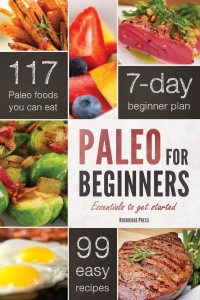 Some people seem more susceptible to the negative effects of lectins. Even using the above methods will not completely remove all lectins. Bean lectins are particularly stubborn no matter how they are treated. If you notice negative symptoms from eating grains, seeds or beans you would do well to limit these foods or completely eliminate them from your diet. A ‘Paleo-diet’ that uses vegetables and fruits in place of beans and grains may be a better choice for some.
Some people seem more susceptible to the negative effects of lectins. Even using the above methods will not completely remove all lectins. Bean lectins are particularly stubborn no matter how they are treated. If you notice negative symptoms from eating grains, seeds or beans you would do well to limit these foods or completely eliminate them from your diet. A ‘Paleo-diet’ that uses vegetables and fruits in place of beans and grains may be a better choice for some.


